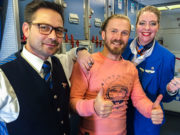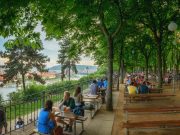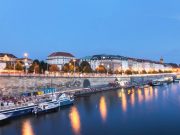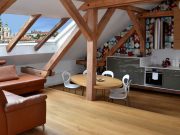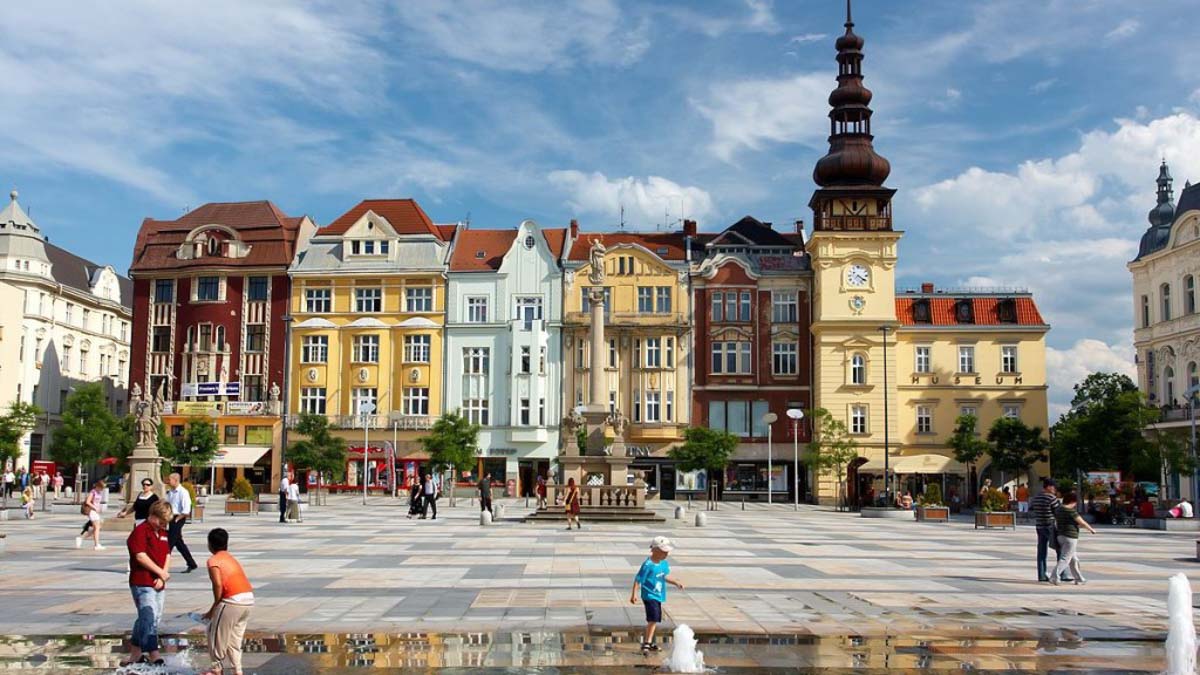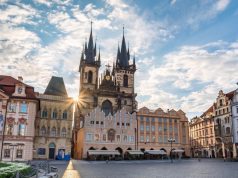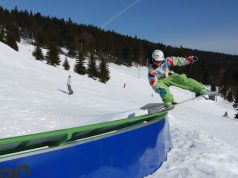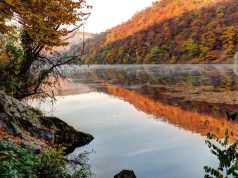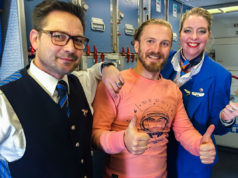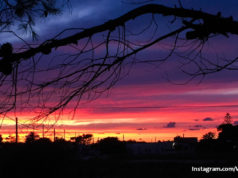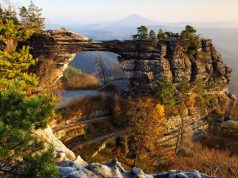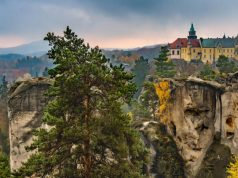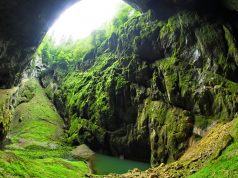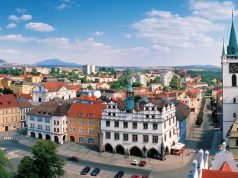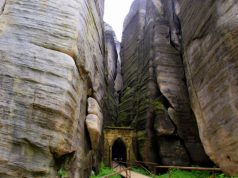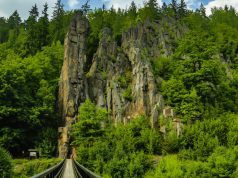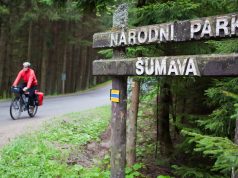Ostrava attracts tourists with unique architecture that is different from the rest of the country: coal mines, huge industrial complexes and thematic monuments. Moreover, it is the third largest city in the Czech Republic, which has many interesting places to see. Let’s find out the history, what to do here, where to stay.
History
Ostrava counts more than 700 years of its existence and is located in the merging point of three rivers: Odra, Ostravice, Opava. The city was founded on the place of a settlement that existed here in 12th century. In the Middle Ages Ostrava people found here the Amber Route, which later played an important role in the development of the city. Very soon it became a provincial part of the country, until 1763’s industrial revolution and explored coal sources.
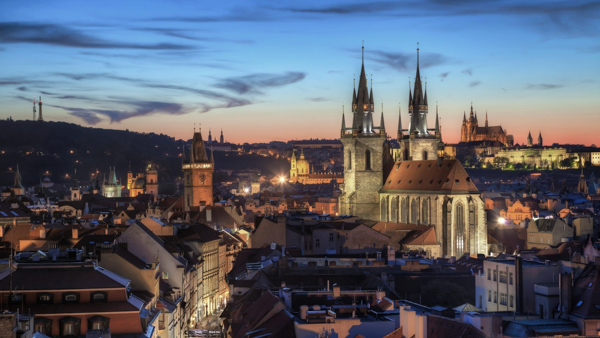
The construction of a metallurgical enterprise in 1830 and the railway line that connected Ostrava with the ancient capital city Vienna, boosted up the stable inflow of population.
During the Second World War, Ostrava has been a target of Anglo-American air raids. After the most severe battles, the Soviet Army liberated this industrial center on April 30 of the last year of the war. It became “steel heart” of a socialist country. But the demands of the market economy, introduced by the “velvet revolution,” plunged the Ostrava industry into depression.
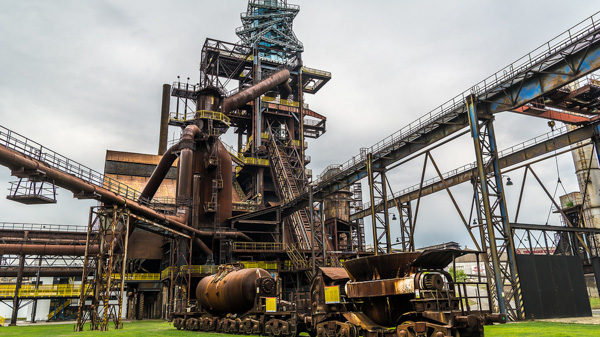
Going to Ostrava you will see the mix of various architectural styles. But for Czech people there also lived the Germans, Poles and Jews. Military and postwar migration has made significant adjustments to the composition of how the city looks today. It blended many architectural styles: the modernist style, the classicism and the rational functionalism.
Sights
Ostrava was one of the industrial cities and to this day is famous for its coal mines and an impressive number of metallurgical plants, many of which now are local attractions. The architecture of the city is very specific, but still interesting because of the industrial importance of the buildings. Here you will not find typical narrow streets, pompous houses, as well as magnificent medieval castles, though it is still very beautiful.
Silesian-Ostrava fortress
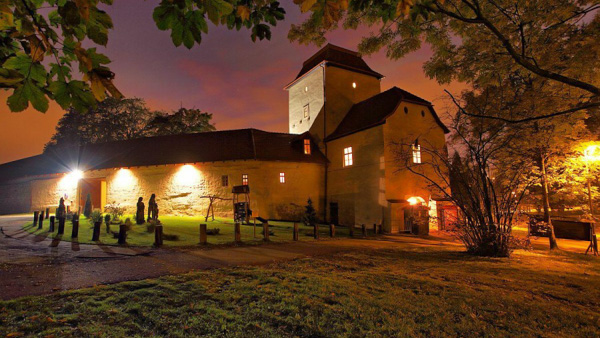
This castle is among the most popular attractions in Ostrava, which now is a tourist complex. There you will find the highest tower of the Czech Republic with observation platforms located in New Town Hall on the height of 83 meters. Besides, there is also a famous brewery “Ostrava” where you can taste local Czech beer and explore the exhibits of the brewing museum.
Vitkovice
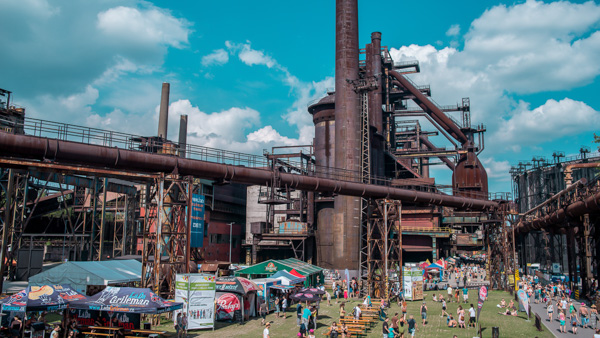
Due to the historical features, the city owns many factories and industrial complexes. The lower region of Vítkovice is probably the main tourist object of industrial Ostrava. This factory is now turned into a museum complex. This is a whole system of enterprises where iron ore was mined and processed. Every tourist can find out interesting equipment and buildings of the 19th century, houses for workers and various technical means that helped to extract iron ore from the bowels of the planet.
The industrial complex has been in operation for 170 years. Now it is one of the largest technical museums in the Czech Republic, which occupies the 4th place in attendance rate.
Zoo in Ostrava
Zoo in Ostrava is an entertainment complex, which includes not only animals, but also a botanical garden, a household farm with goats and cows and playgrounds. The zoo appeared in Ostrava in 1951. Interesting fact, that to help in the care of animals in those days, the authorities involved students, who played a big role in the development of the zoo. To make the place even better, they built sport grounds and tennis courts there.
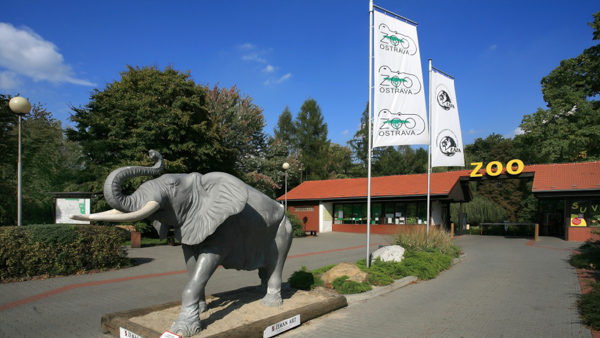
The number of species of animals represented here has gradually increased and soon exceeded all limits, so the management of the zoo began to look for a new site for its pets. And such a site was found not in the very center of the city, but not far from the historical quarters – in the Silesian Ostrava area. The construction of the new zoo lasted 4 years and in 1960 the new zoo was opened to the public.
Now it occupies a territory of 103 hectares. Here you can see representatives of fauna from all over the world. In addition, visitors have the opportunity to see life of the nocturnal animals during the day.
Most noteworthy, that you can see almost 70 species of mammals, 500 birds and even reptiles, primates, giraffes, African artiodactyls and various predators. The main attraction of the Ostrava zoo is the Canadian lynx.
Masaryk Square
It is the central square in Ostrava, decorated with several statues, among which one can mention: the Marian column erected in 1702 in honor of the city’s escape from the plague epidemic, the sculpture of St. Florian, created in the 18th century, and the bust of President Masaryk. An unusual fountain was erected on the square in 2007. Its streams hit right out from under the pavement, allowing children in the summer to have fun.
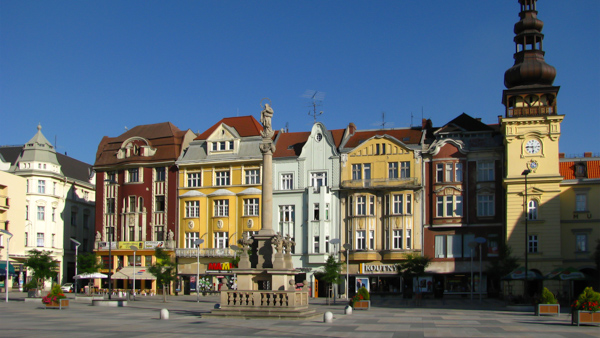
The most beautiful building on the square is the Old Town Hall, which now houses the Ostrava Museum. Neighboring mansions are also historical buildings. It is worth paying attention to the former pharmacy, which is also a museum of old musical instruments.
Interesting fact, that from the Middle Ages and up to the 19th century there were only wooden houses on the place. Then city’s authorities decided to demolish them and build brick and stone mansions.
Villa of Johann Ulrich
The beautiful villa is now considered a cultural monument of the Czech Republic. Johann Ulrich was a very respected man, who in 1918 took up the post of head of the council of the Moravian Ostrava. His construction company took part in many significant projects in Ostrava. Thanks to it, many of the historical buildings appeared there.
Ulrich built this house on his own. He took an active part in the development of an architectural project and then personally supervised the erection of the building.
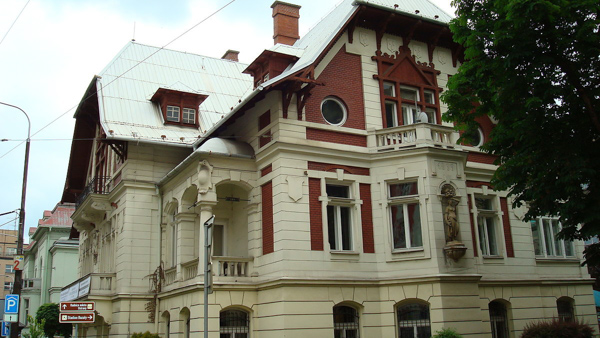
Three-storey villa was built in the so-called Swiss style, which successfully combines elements of neo-Baroque, neo-Renaissance, Mannerism and Art Nouveau. The villa is surrounded by a terrace with high carved banisters. The facade is unusually decorated in the style of a Swiss chalet.
After the death of Johann Ulrich, his favorite villa was sold. The new owners turned it into an office building and then rented it out. Then they founded a carpentry company, and then sold it to a state enterprise. In the fifties of the last century it was a city club. Nowadays, the villa is an exhibition center.
Exhibition complex Cherna Louka
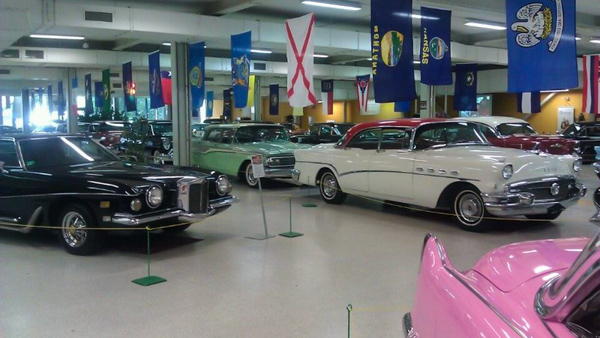
The Silesian Ostrava district is famous not only for the majestic building of one of the main city theaters, named after Antonin Dvorak, but also due to the exhibition complex Cherna Louka, which consists of several buildings. It occupies an area of 9300 square meters and holds various fairs, exhibitions, conferences, meetings, congresses and seminars. The main building of the complex is dated back to 1960s.
Art and Craft Gallery
Ostrava gallery of art and craft is one of the most famous museums not only of the city, but also of the Moravian Silesian region itself. The gallery was founded in 1952 and consists of two branches – the House of Art (the main building of the museum) and the New Exhibition Hall (for temporary exhibitions).
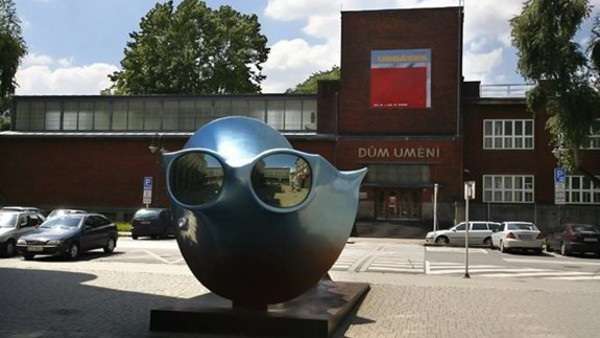
The building of the House of Arts appeared in the center of Ostrava in 1926. It was built in a cubic style, so it looks very unusual and modern.
As the collection of the gallery is constantly replenished, in the 1980s there was not enough space, consequently the New Exhibition Hall appeared. The Ostrava Art Museum was created on the basis of a private collection owned by F. Yurechka, who previously held a private exhibition hall – Yurechkov Gallery. Now the gallery displays 20 thousands of art paintings.
Here you will see paintings of Rembrandt, Goya, Repin, Durer and other masters. Several rooms show an exhibition of paintings by Czech artists of the 19th and 20th centuries. In addition, there you can enjoy an excellent selection of sculptures of the 20th century.
City Walls of Ostrava
Ostrava was founded in 1267 and was not protected by defensive fortifications so people built such walls. During the Thirty Years’ War, almost half of them were destroyed, so the locals decided that it was not worth rebuilding them. Now the city retained only a few gates that were in the towers.
In 1780-1833 the moats surrounding the city were covered and turned into park areas, the shafts were leveled to the ground, smashed into plots and sold to people. The city gates disappeared in 1830 and the last ditch in 1899.
Up to now you can see approximately 50 meters of fortifications. This is a wall that reaches a height of 4 meters on the territory of the exhibition complex Cherna Louka and near the church of St. Wenceslas.
Palace Electra
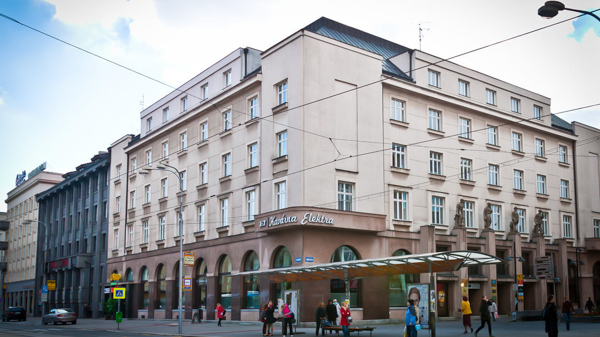
The five-story palace Elektra in the Moravian Ostrava area displays the classicism style. In 1926 on the facade of the palace appeared figures depicting a miner and a steelmaker. This palace served as a cultural and entertainment center for the working people.
Mainly, it consisted of offices of the arbitration court and the secretariat managing the affairs of the miner’s association, several floors with apartments. In addition, there was a cinema, a library and a cafe. After the reconstruction the place attracts many tourists, who want to feel the spirit of socialist times and that special atmosphere.
Miniuni Miniature Park
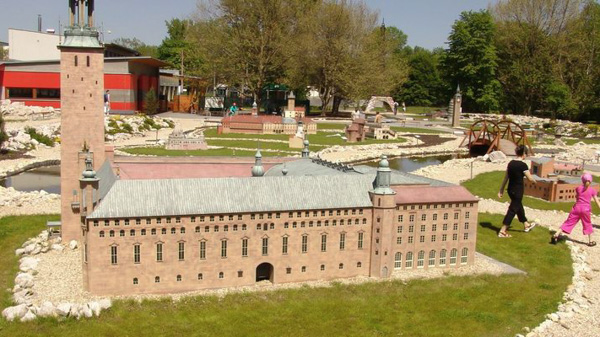
The last place will be a great time spending idea if you go here with children. However, adults will like it too. Miniuni Park occupies 1.5 hectare area and houses more than 30 miniature models of the most famous world’s landmarks and attraction. You will see there: the Brandenburg Gate, the Eiffel Tower and London’s Houses of Parliament as well as treasures of the Ancient World at a scale of 1:25. There are also small models of railways and steamships that sail on waterways.
Transport
The Czech Republic has highly developed public transport structure, so the best way to explore the city is using trolley buses, buses and trams. You can buy tickets in cash desks, vending machines, newspaper or tobacco stalls next to the stops. Besides, you can get the ticket directly from the driver. After you have made a route with sights, it will not be difficult to find the right stop.
How to get from Prague to Ostrava
Here are the best ways to reach the destination. Before going it is better to check the date and time of departure, and of course book a ticket and a place where to stay.
Prague – Ostrava by bus
The route by bus takes 5.25 hours and tickets cost 18-35 Euro. Take the bus line 913 from the main station and get off at Ostrava main station. Keep in mind that there is only one bus a day.
Prague – Ostrava by train
Travelling by train you will cover the distance in 3 hours. The tickets cost from 12 to 18 Euro. Take SuperCity train to Ostrava from the main train station in Prague. This is the official page of Czech Railways.
Prague – Ostrava by car
Going by car, it will take 3.30 hours to get here. The distance between Prague and Ostrava is 375.2 kilometers. Besides car rent, you will need at least 30 liters of fuel which is about 30-50 Euro.
Where to stay
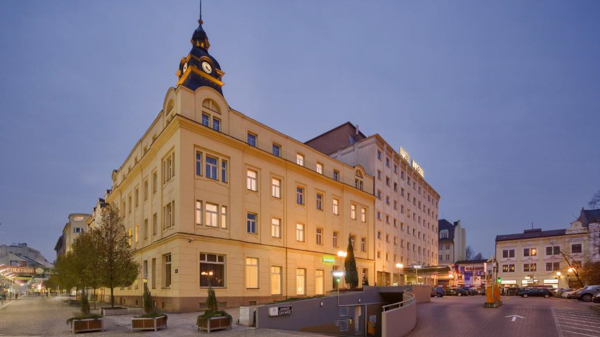
Looking for a place to stay in we would advice you to pay attention to the following list. These hotels have the highest reviews, excellent service and amenities. So you will definitely have great time in Ostrava.
- Sunny Apartment Ostrava Center;
- SILESIA Residence;
- Hotel Padre;
- Mercure Ostrava Center;
- Imperial Hotel Ostrava;
- Luxusni Apartmany Stodolni;
- Ruby Blue.
Where to eat
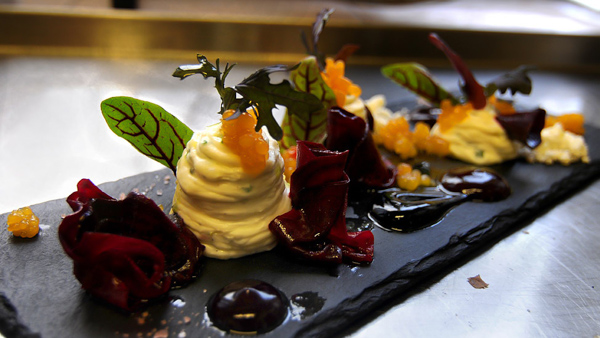
Despite the fact that it is not an extremely popular tourists’ destination, there are many great places to eat in Ostrava. For example, there is the list of top restaurants with national cuisine and international dishes, as well as tasty beverages and famous Czech beer.
- Café Au Pere Tranquille (Address: Musorgskeho 8);
- Guest Restaurant Francais (Address: Korunni 56);
- Moravska Chalupa (Address: Musorgskeho 9);
- Si Restaurant (Address: Tyrsova 25);
- Bolt Tower Café (Address: Ruska 2993);
- Knossos (Address: Kafkova 15);
- Zamek Zabreh Hotel & Restaurant (Address: U Zamku 1).
Main sights in Ostrava review
Going to Ostrava you may wonder what to do here, as it is an industrial city. Nevertheless, only here you can discover how the country has been developing and see those factories. There are also many other places, which will be interesting both for adults and children.
Tours
This is a very interesting destination so we offer tours local guides. Use this chance to get the most exciting experience from Ostrava.
